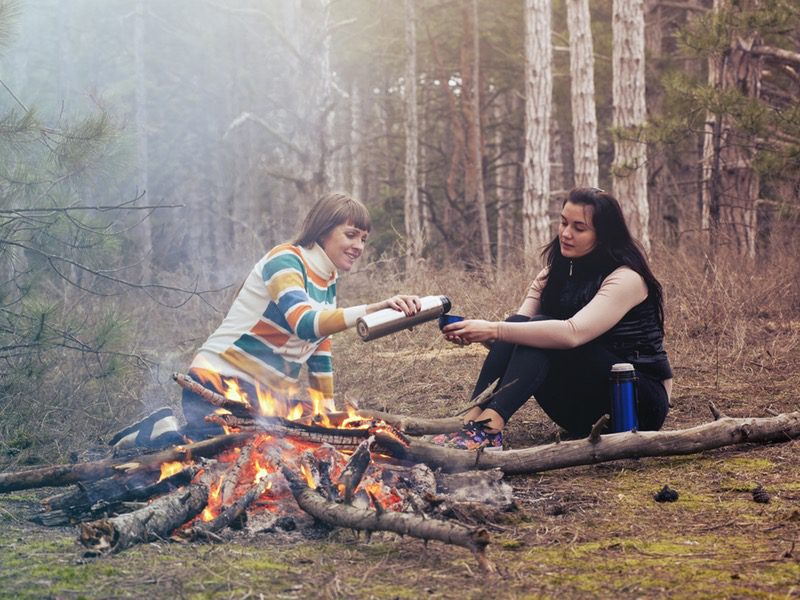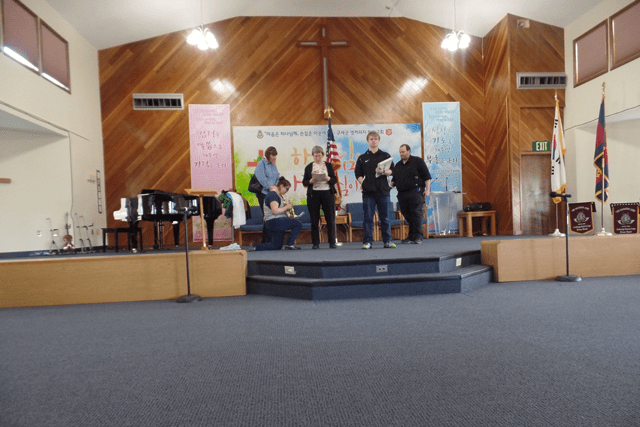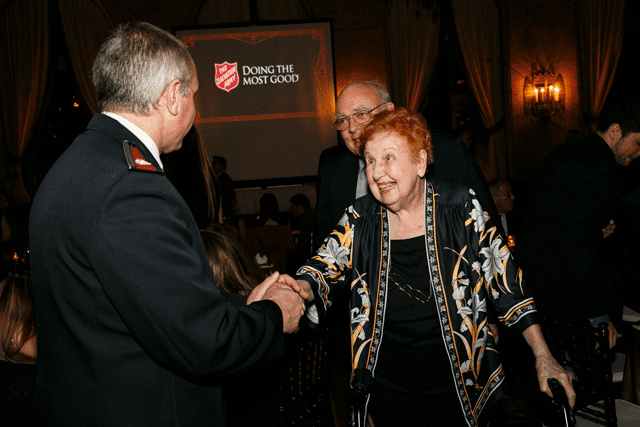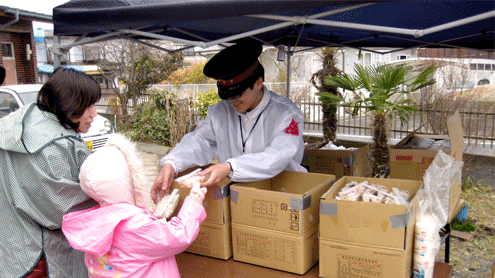Art’s transformative power reveals God’s grace.
A state prison played host to a team of Western Territory Salvationists plus one guest instructor, who led a full-day creative ministries workshop.
About 40 men from the The California Rehabilitation Center in Norco selected one of three three options: Storytelling through Creative Movement, Writing Your Story, and Exploring Personal Stories on the Stage.
Organized by Territorial Creative Arts Director Jessica Fagerstrom, the prison ministry project was over a year in the making.
“It was a challenge,” Fagerstrom said. “The idea of a ‘creative prison ministry’ was foreign to the people with whom I spoke. But I really wanted to do this. There’s power in telling your story through art. And you have the opportunity to create a positive future, a happy ending to your story.”
With help from Major Tom Ford, Secretary, Correctional Services Department, Fagerstrom connected with the volunteer coordinators for Norco and planned a day that began early in the morning and concluded at 8 p.m., after a performance and a time of sharing.
Workshop team members included Cadet Perfecta Weeden, Anna Marino and Tyler Fagerstrom (Creative Movement); Jessica Fagerstrom and David Fenrich (Theatre); and Vernon Luong, Vix Jensen and Karen Gleason (Creative Writing).
Unlike a traditional prison ministry, wherein the pastor visits and prays with the inmates, this ministry offered every inmate a chance to to tell their story. Initially, team members were nervous about spending a day with prison inmates.
“I wondered if they would be open to artistic expression, or if this was just a break in the routine for them,” Gleason said. “And honestly, I wondered, would we be safe?”
The participants, however, appeared excited by the opportunity to tell their stories through drama, movement or creative writing. Additionally, many of the men regularly take part in Christian activities, and some are part of a drama group called the Actors’ Gang—which started in 2006 in response to California’s 60 percent recidivism rate and excessive prison overcrowding.
The event began with everyone—inmates and team members—assembled for praise and worship, with music performed by inmate musicians and one of the volunteer coordinators contributing to vocals. Fagerstrom then led warm-up activities that allowed the group to relax and play together.
Participants then began their specific activities. Creative Movement, had the largest turn-out, which surprised Weeden.
“We were hoping for at least a couple brave souls; we were floored when the majority of the men decided to take the class,” Weeden said. “The night before, as I went to bed, I kept asking God, ‘How are we going to do this? How do we get grown men who are incarcerated to express their lives and emotions through dance?’”
In the workshop, the men created a timeline from birth to the present, pinpointing meaningful events and rating them as positive or negative. They expressed these events, or chapters, through movement.
“Each time one of the men would ask for assistance, it became apparent that they didn’t really need help with the movement…they just wanted their stories to be heard,” Weeden said.
As the men shared their pieces within the group, one man was so moved by his friend’s performance that he needed time to recover from the emotion that overwhelmed him.
“[He said] I’ve known him for a while now, and I know his story, but seeing it, I never realized it was like that for him,” Weeden said.
The men in the theatre group also told their stories in sections, beginning with their life before prison and progressing through the day they arrived at prison, the present day, and their future.
In creative writing, team members participated with the inmates, putting down on paper significant life events, along with regrets and dreams for the future. One tool the group employed was letter writing, with participants choosing to compose a letter to a loved one or to their past or future self.
One man wrote to his uncle, who was a positive influence in his life; another wrote to his future self, manifesting his goals for his post-prison life.
“[Prison] civilized me,” he said. “I’m from a small town with few opportunities. All I did was spend time with the guys hanging out and drinking. I never thought I’d be saying that I was grateful for having been here.”
Luong wrote his letter to the inmates, confessing the preconceptions he brought into the prison, and thanking the men for showing him that they are not so different; it’s just certain choices and experiences that landed them in prison.
A performance that evening allowed the men to share their artistic expression with each other and with other inmates. The audience responded enthusiastically throughout the performance. A time of sharing followed.
“I can see God moving in the lives of these men, and I’m honored to be a witness to it,” one man said.
Team members left that night with a new perspective.
“We went to the prison to minister to these men, but God used them to minister to us, to soften our hearts, and show us that the only divides are the ones we place in our own hearts,” Weeden said. “What a gift and privilege to have the opportunity to truly see through God’s eyes.”
Listen to this article
















